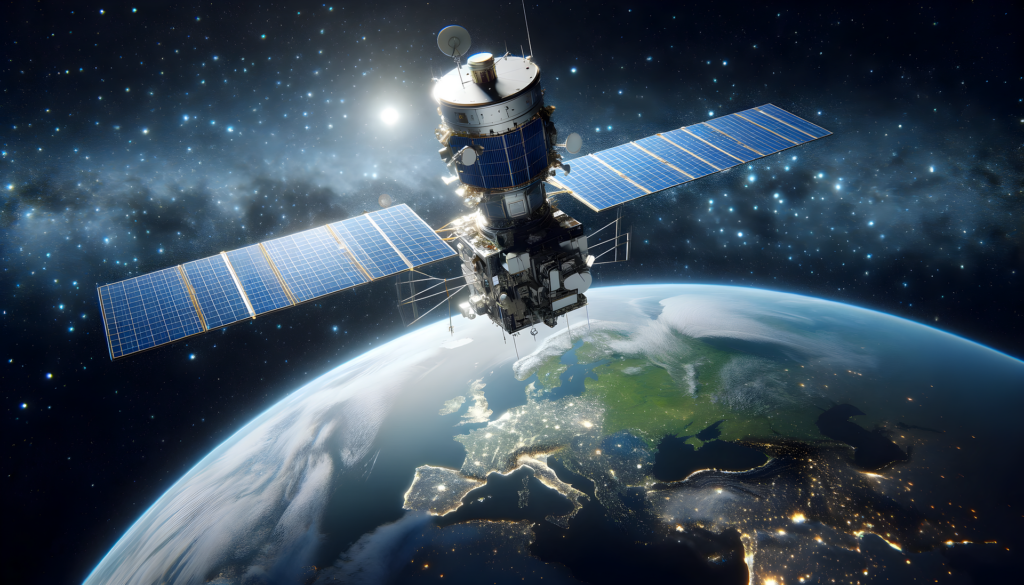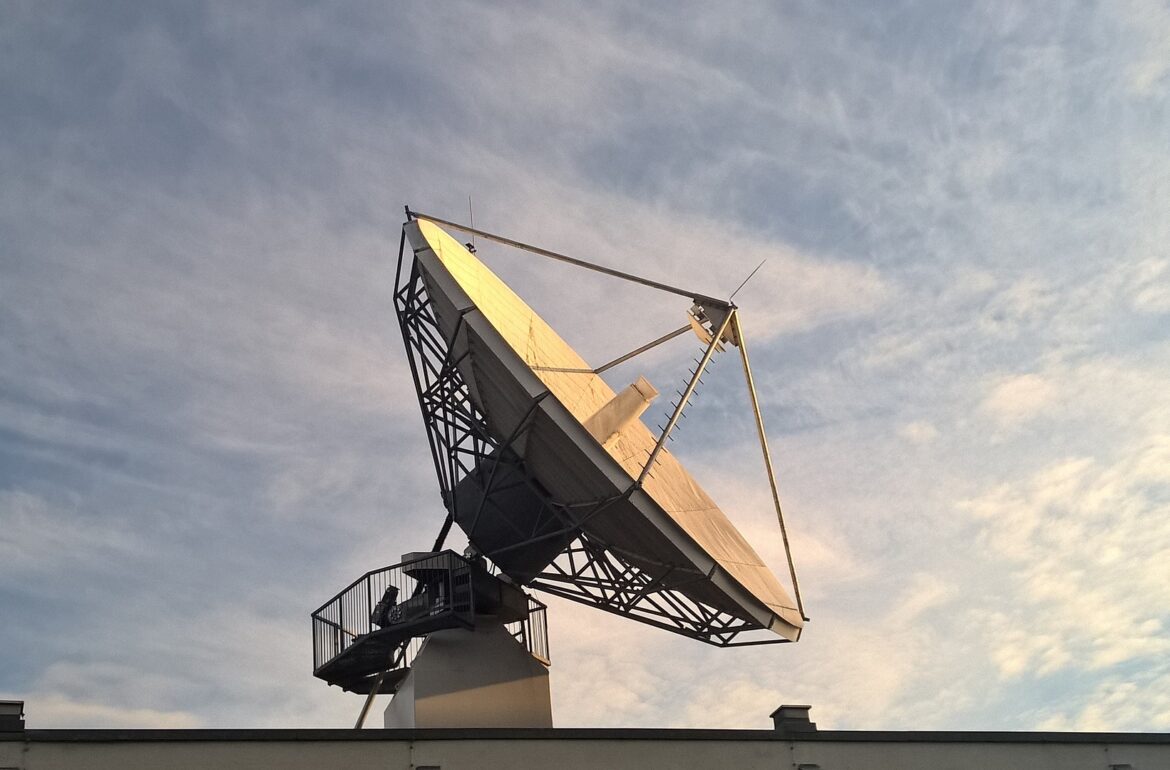Table of Contents
Safeguarding apace infrastructure and addressing cybersecurity threats in an expanding space sector
Space technology involves the cyber domain at every stage of its development, from the initial design to the satellite being launched into orbit. With more and more small operators entering the space sector, the security of these satellites should be questioned. As a doctoral thesis from Tallinn University of Technology highlights, the failure of even a small private satellite can trigger a wave of malfunctions on Earth which might claim lives and paralyse digital systems.
“The cyber domain is involved throughout all stages of space operations: From research and development and the installation of the system, to the deployment and the actual use of the satellite”, says Antonio Carlo, a recent PhD graduate in information and communication technology from Tallinn University of Technology.
While space systems have technologically rapidly developed, in his opinion, security has not been sufficiently considered. In his doctoral thesis, he discusses ways to better protect space infrastructure from cyber threats. “A cyber incident might not only cause financial losses but also cost human lives: A faulty data flow can impact critical infrastructure, such as hospitals or natural disaster prediction systems. The loss of money can be compensated, but the loss of lives cannot”, says Carlo.
An ultra-hazardous environment
According to Antonio Carlo, the security of space infrastructure has not been a primary concern due to the limited number of players – at least until recently. Striving to pioneer in the field, the United States and the Soviet Union competed for military purposes during the Cold War. Since then, actors from the private sector have showed growing interest in the field, led by Elon Musk and SpaceX. However, securing space infrastructure is cost-intensive and not sufficiently monitored, and therefore private actors might not adhere to the same standards as governments.
“With a lot of new players trying to enter the sector, space is being democratised and is transforming into more of a civilian domain,” explains Carlo. A good example of this is the Estonian student satellite ESTCube, as well as many other small-scale operators who are launching their own satellites into orbit. “Unfortunately, the question of security still remains a low priority: It’s expensive and may not be seen as a necessity”, he says.
While the failure of one small satellite may appear to not cause any major damage on its own, in reality all the satellites launched into space may affect each other. “Space is an ultra-hazardous environment. If someone were to hack into a poorly-secured satellite, this could result in its possible destruction. Most critically, the resulting debris could further impact many other satellites and result in Kessler Syndrome”, warns Carlo. This means that even a small number of debris could trigger a domino effect of collisions, causing more debris and ultimately, leaving an entire orbit unusable.
The satellite network is linked to vital infrastructure operating on the planet’s surface, such as geo-localisation, Earth-observation, satnav systems and banking. “Thus, malfunctions in the network can lead to cascading disruptions in bank transfers. One missing link of data can mean that the whole chain collapses. This can turn it from an isolated incident into a global, rather than local, problem”, explains the recently graduated doctor. Failures in space infrastructure can also disrupt the power grid or a smart city’s communications system.
In addition to financial damage, it is important to prevent potential threats to society caused by malfunctioning satellites, says Carlo. “For example, a disruption of communication between satellites and ground segments could cause a failure to alert an impending natural disaster and thereby cost lives,” he notes. Similarly, in the event of a system hack, there is a risk of people’s personal data being leaked. “This is why security is an important aspect to consider in the development of satellite systems, not just during the initial phases but throughout the entire life cycle”.

The future of space
In his doctoral thesis, Antonio Carlo also warns that hijacking a satellite could be a very efficient and inexpensive way to take control over space infrastructure. “Especially a small satellite that is part of an entire constellation of satellites could leave the entire chain vulnerable, causing an incident to escalate much more easily than expected. Due to the lack of security of small satellites, we have no guaranteed way of preventing this”, he explains. Similarly, the development of technologies for cleaning up space debris is still in its primordial stages.
According to Carlo, while new technology should be developed with a security-by-design approach, this alone is not sufficient: “In my work, I suggest that security-by-design is just the beginning. A security framework and strategy should be developed in parallel throughout the entire life cycle of the satellite system.” This would ensure the cybersecurity of space assets for current and potential future challenges. While humanity is currently developing emerging technologies, such as artificial intelligence, quantum computers and cloud technology, we cannot predict the technological challenges that we will face in the future. “Security standards form the basis of current research and development, making investments more important than ever for the future and resilience of satellite systems”, he explains.
A separate concern in cybersecurity is the obsolescence of technology. “It is not possible for us to upgrade systems that have been in space for decades. Sometimes we cannot even fully understand the technology of that period anymore,” explains Carlo. While the internal software of some space assets can be updated, its linked hardware cannot. Therefore, it must be as secure as possible from the very beginning. “Some satellites are still active after more than 20 years of operation. If they were not secure when they were first launched, how can we expect them to be secure today? In fact, some of them have become hazardous to other space assets”, he says.
The key, Carlo says, is to understand that space is not a sphere vastly distant from humankind. “Satellite technology connects us to space, and that is possible due to the cyber domain,” he points out. However, unlike space, the cyber domain is not a natural but a human-made field. “In other words, the cybersphere represents the face of humanity. This is neither good nor bad, but simply means that it is a reflection of its creators. However, this also implies that – just as society – the cyber domain requires rules and regulations to protect it.”
Antonio Carlo defended his PhD on the 20th of June. You can read it from HERE.
This article was originally published on the Estonian Public Broadcasting online news portal. Author: Airika Harrik.
If the rise of robots has you curious about our automated future, don’t just power down yet—explore our next article to discover how these machines are reshaping our world, one algorithm at a time. Read about how Karl Kruusamäe paves the way for human-robot collaboration full of possibilities.
 Back
Back



